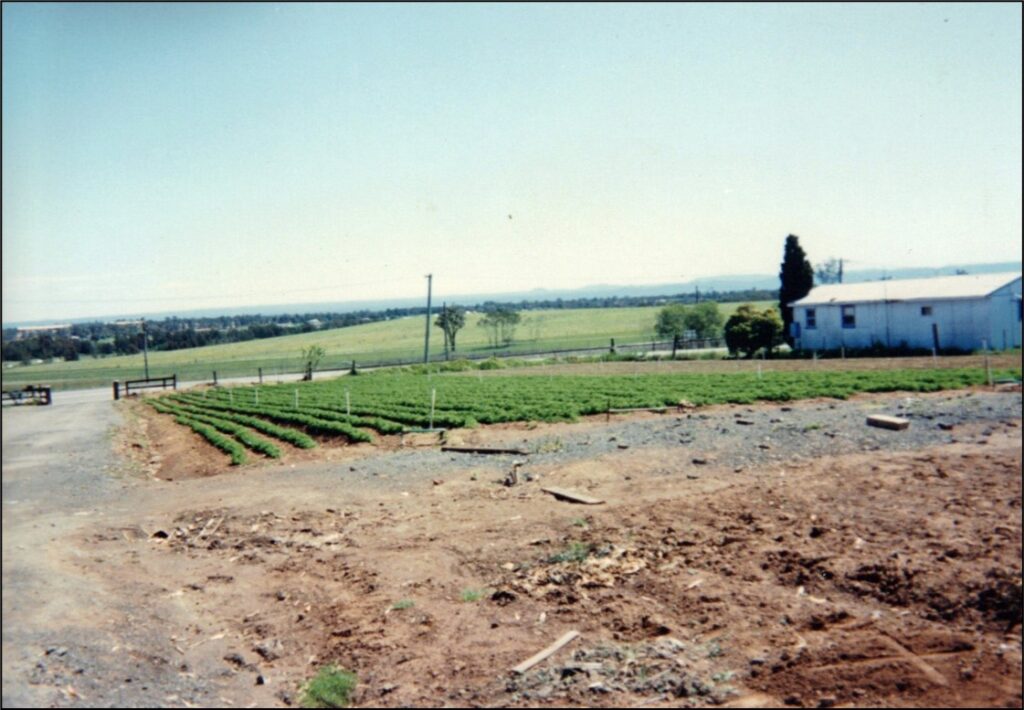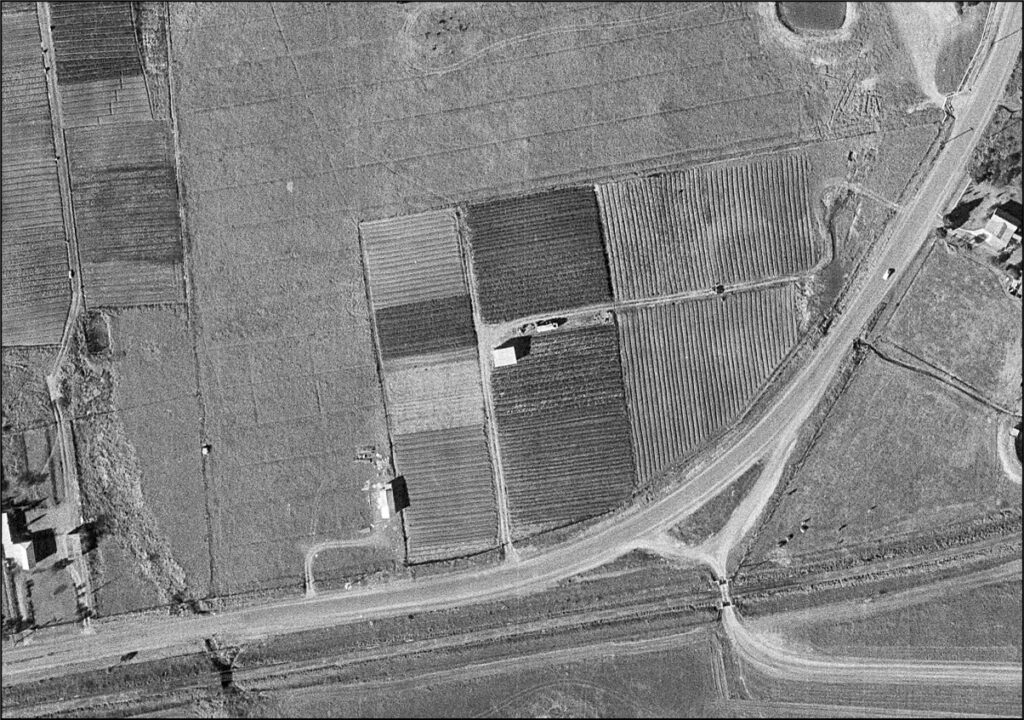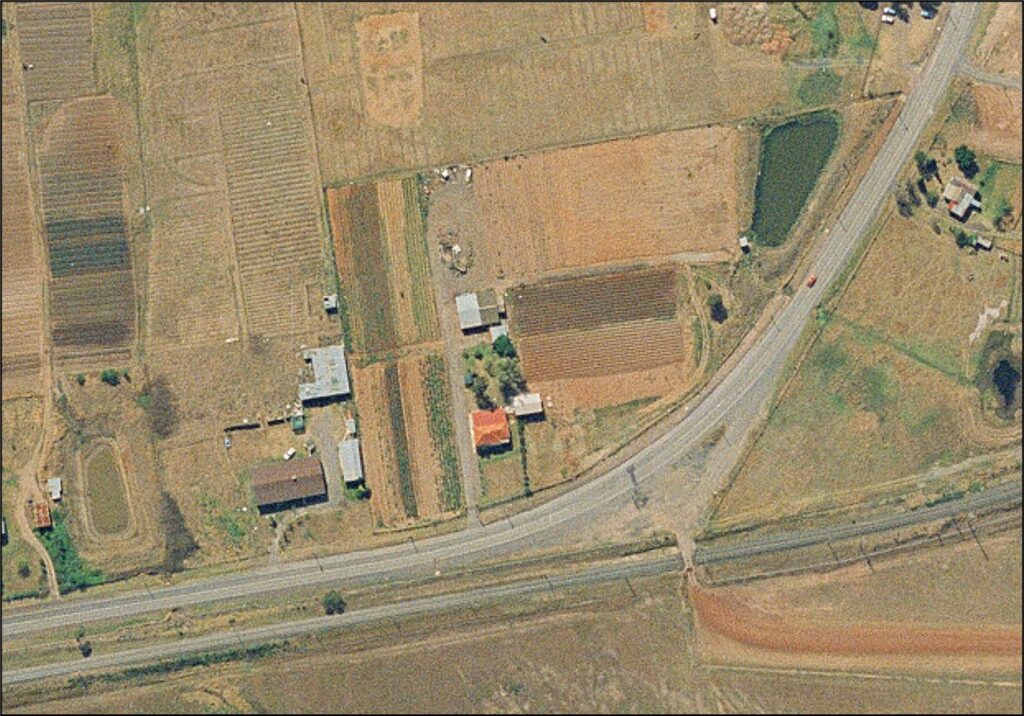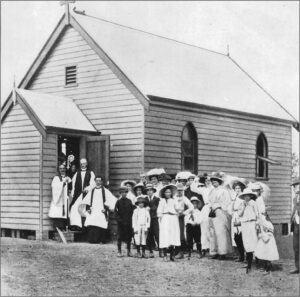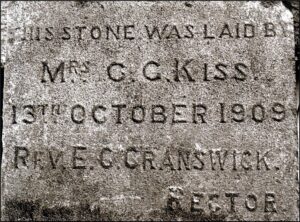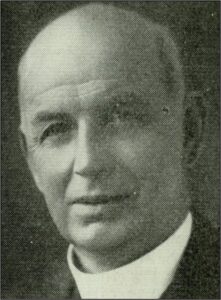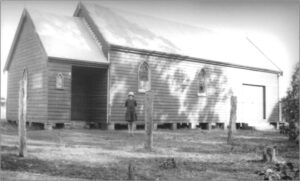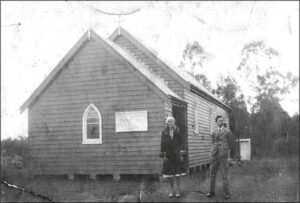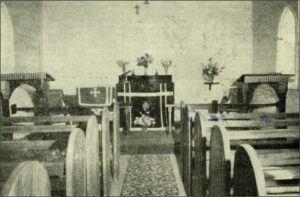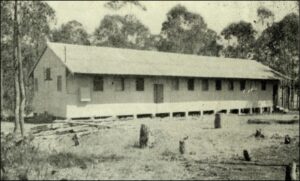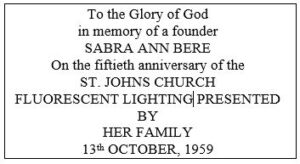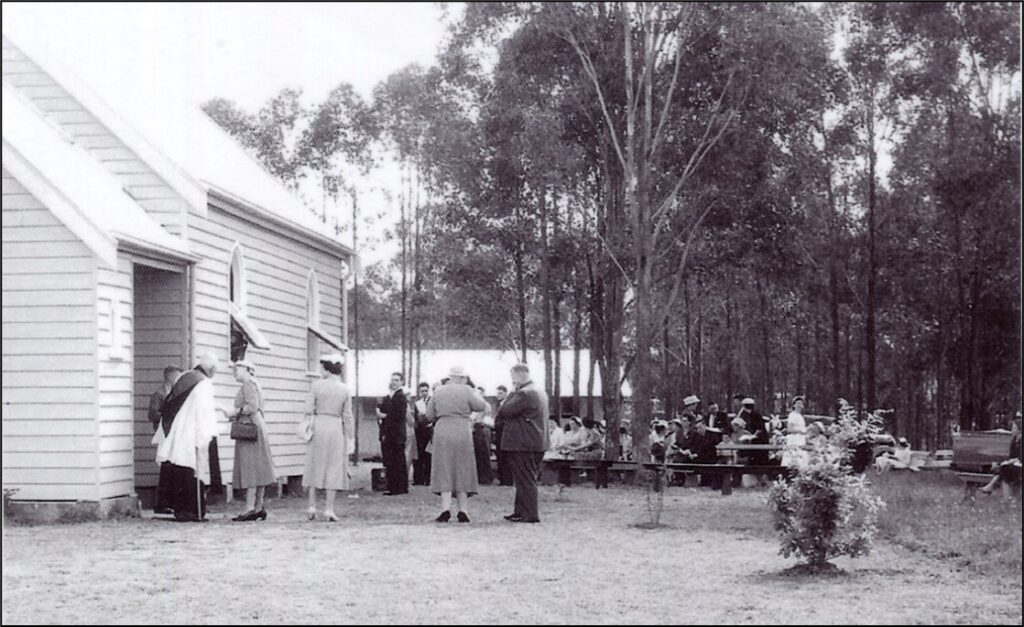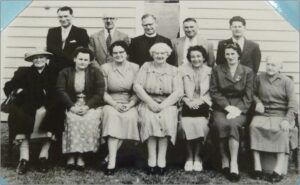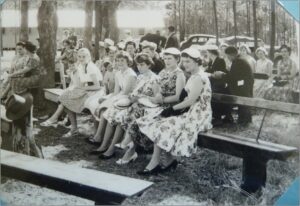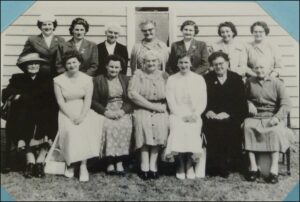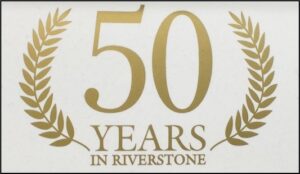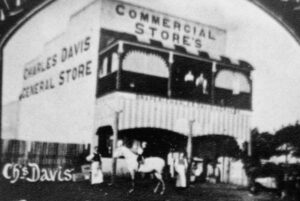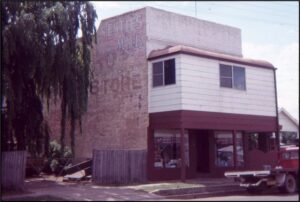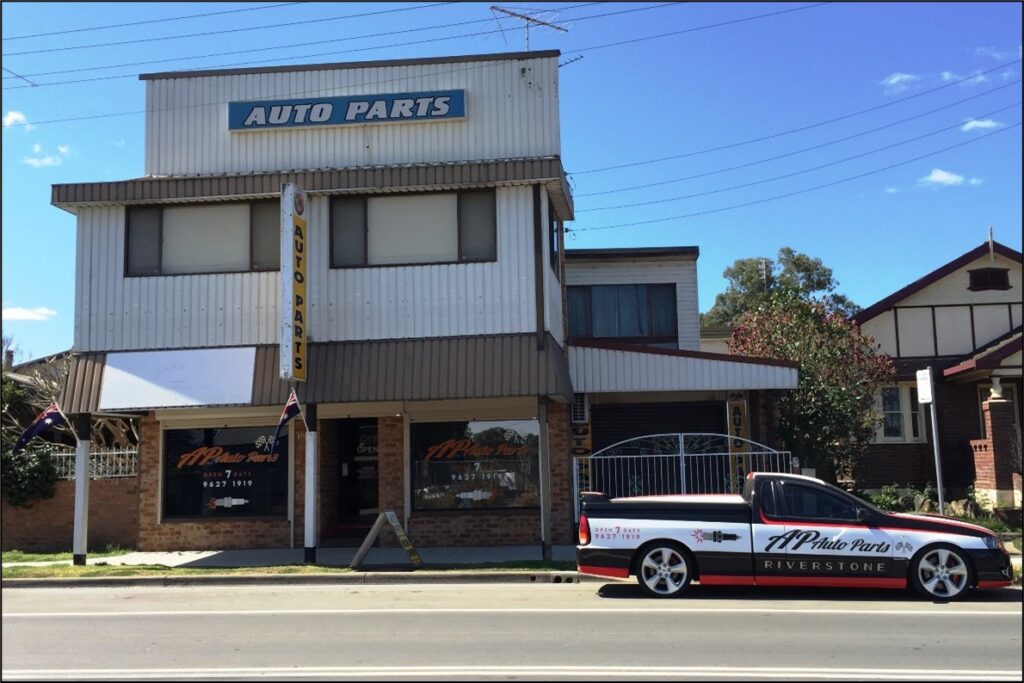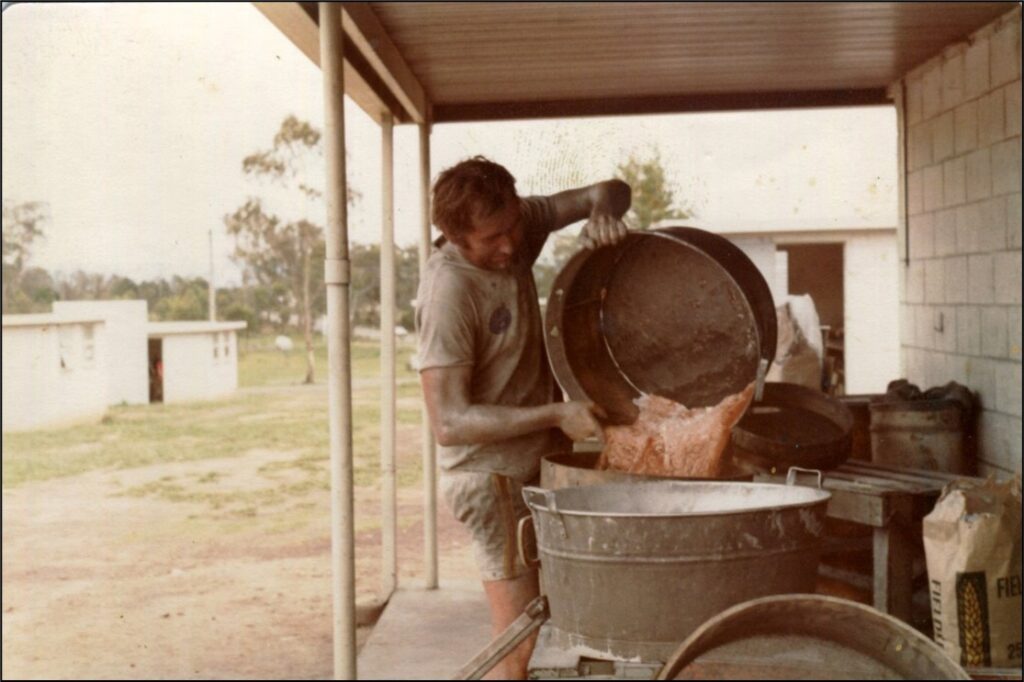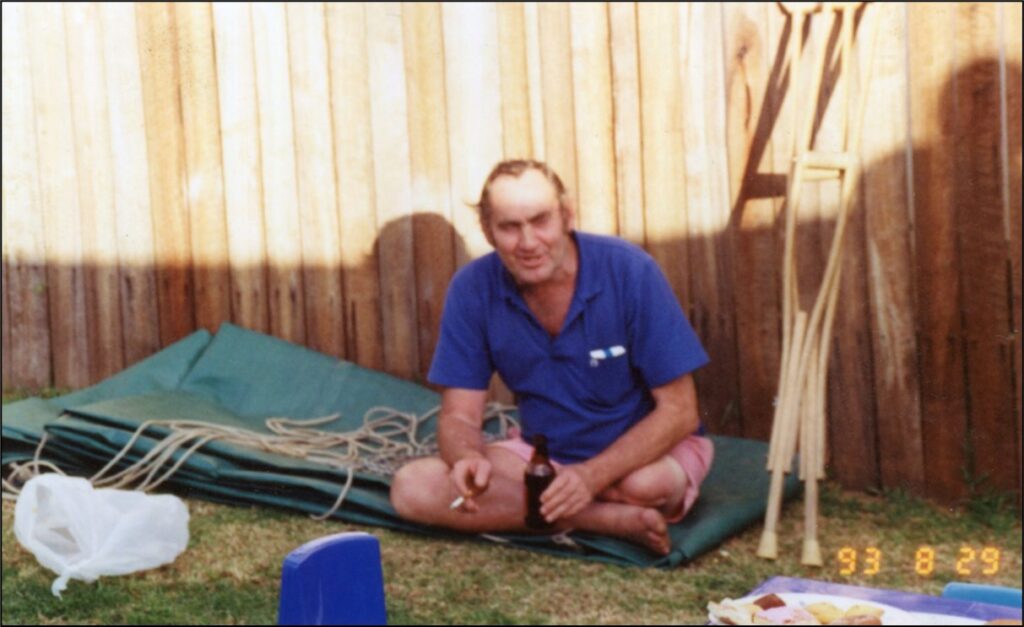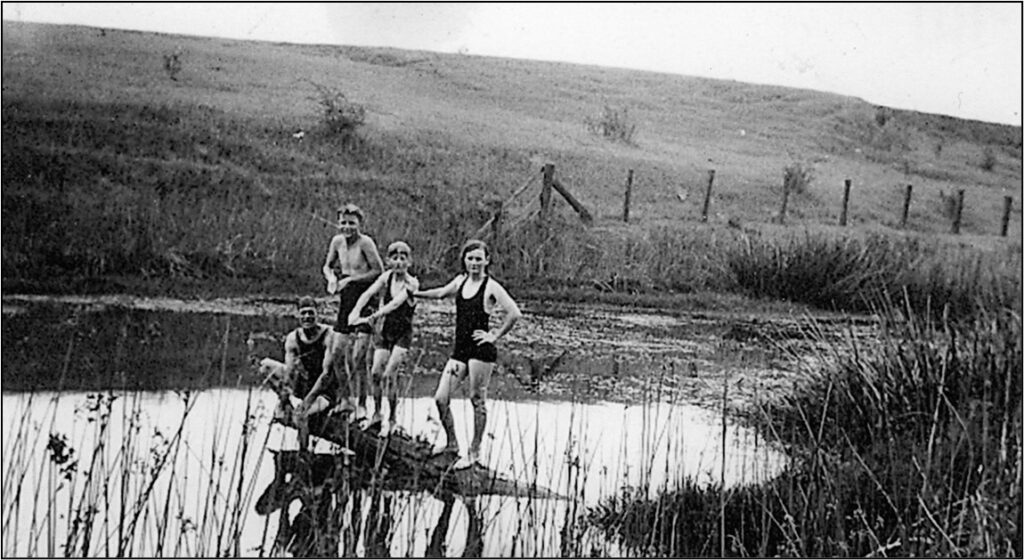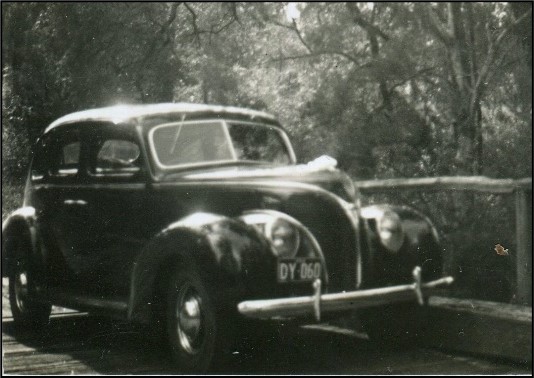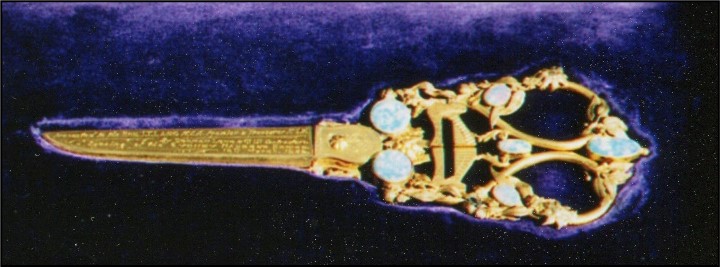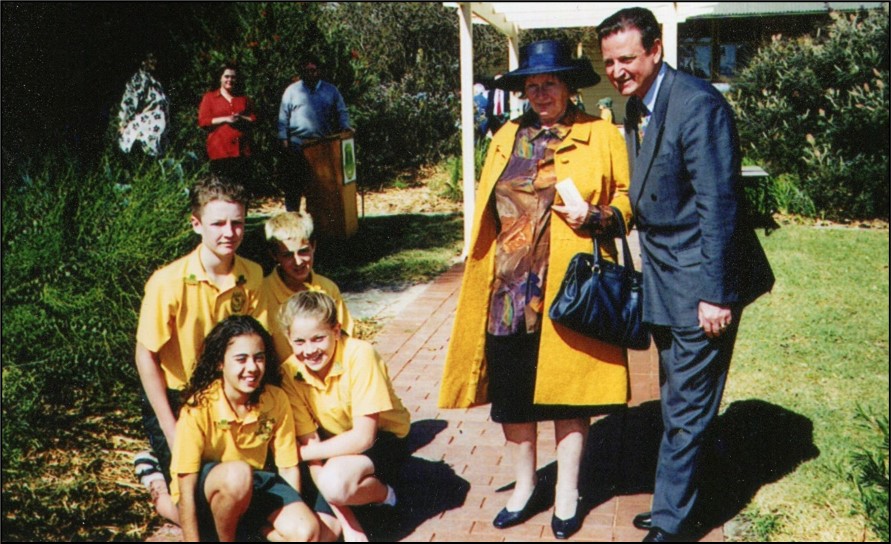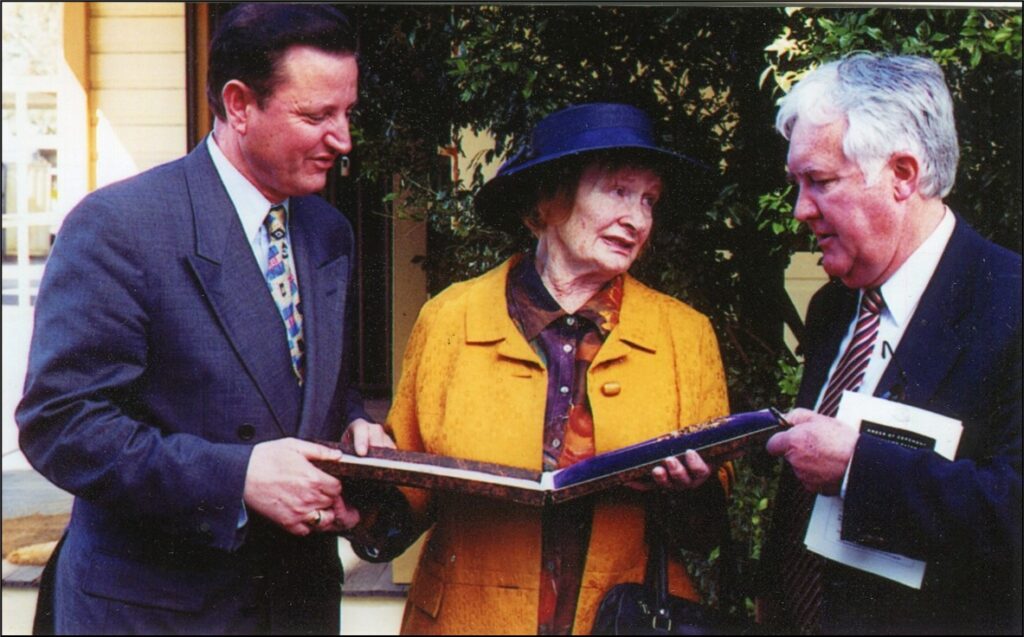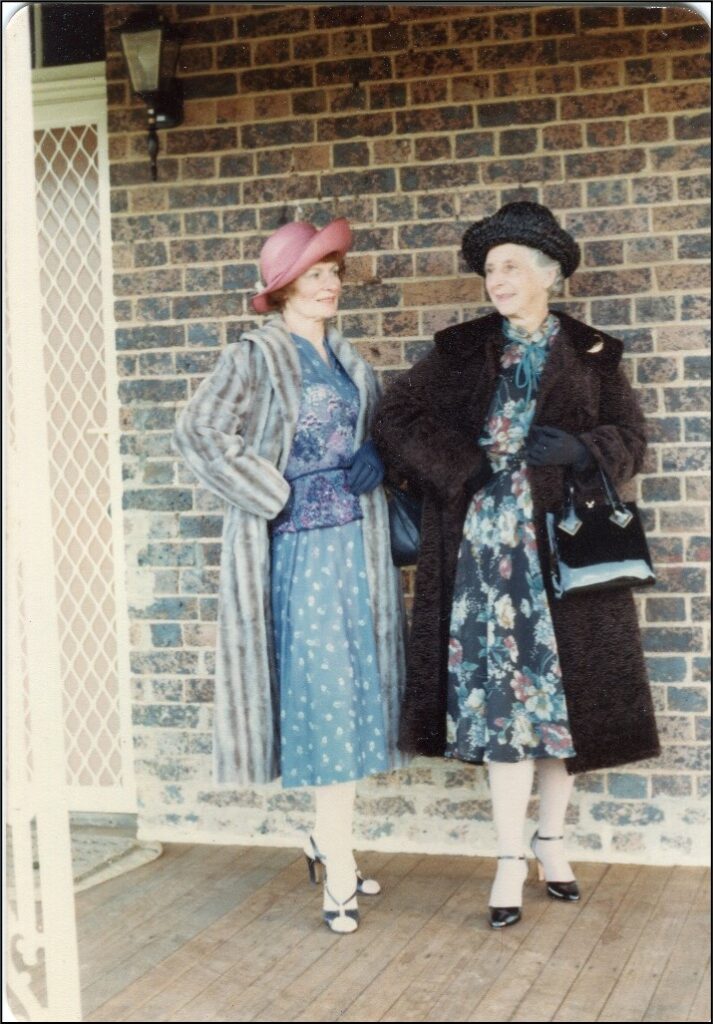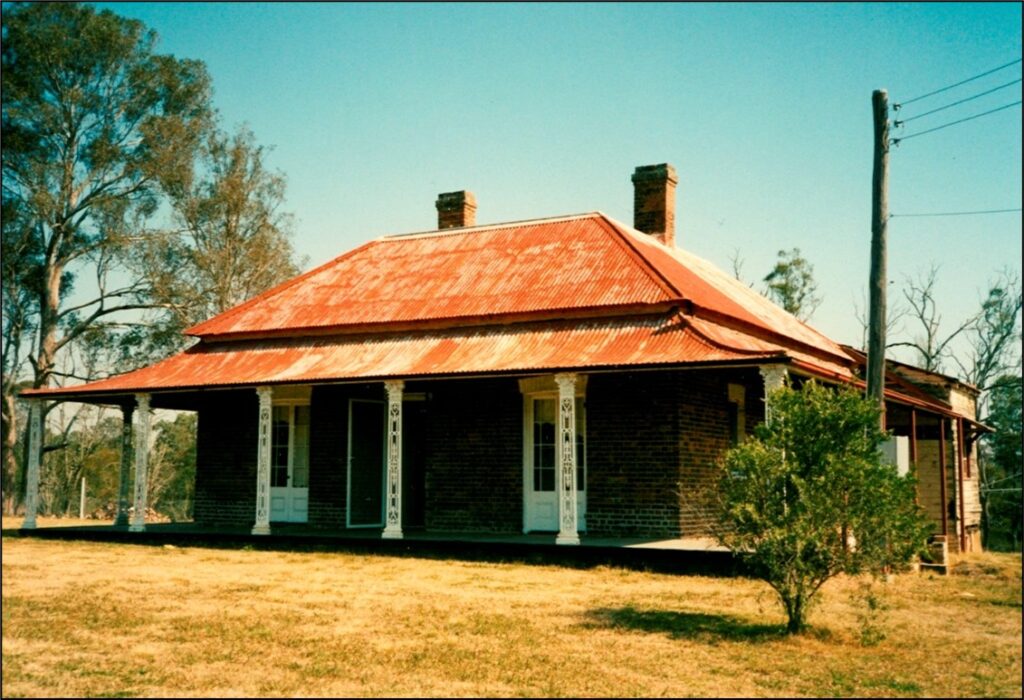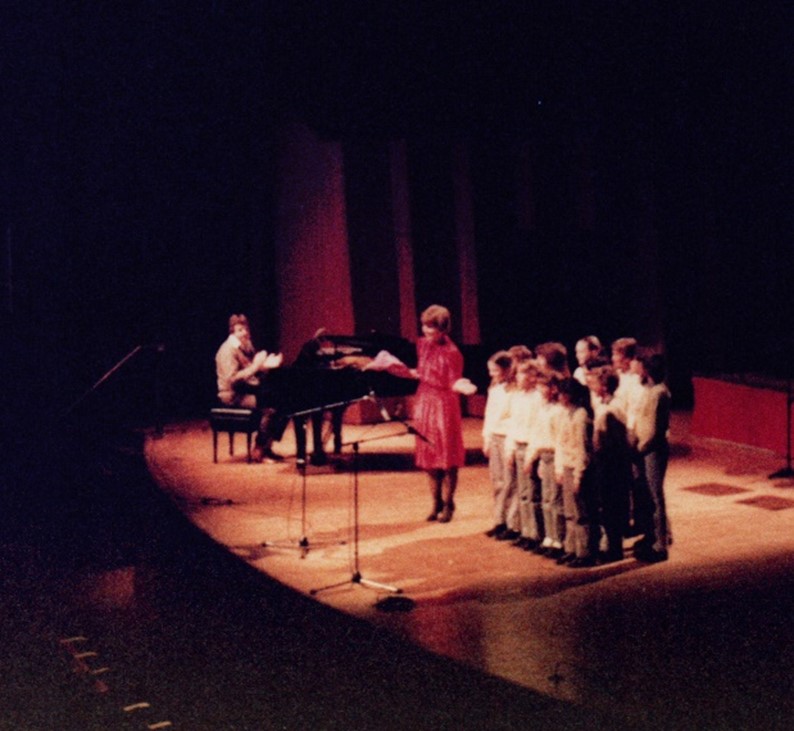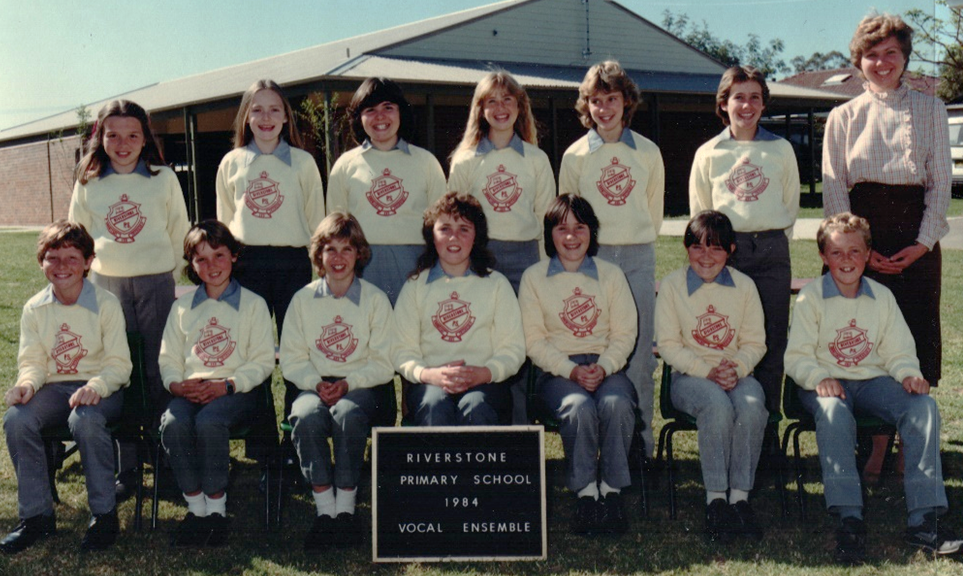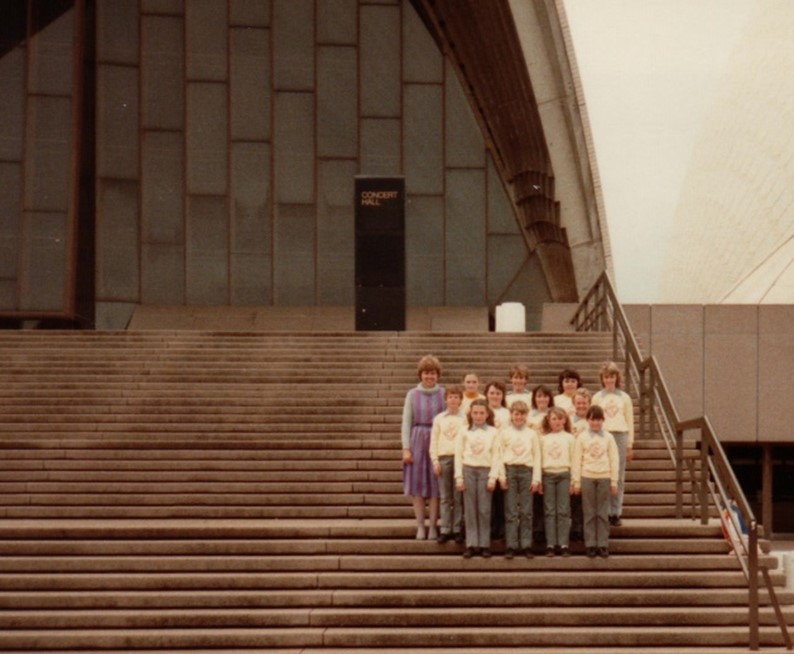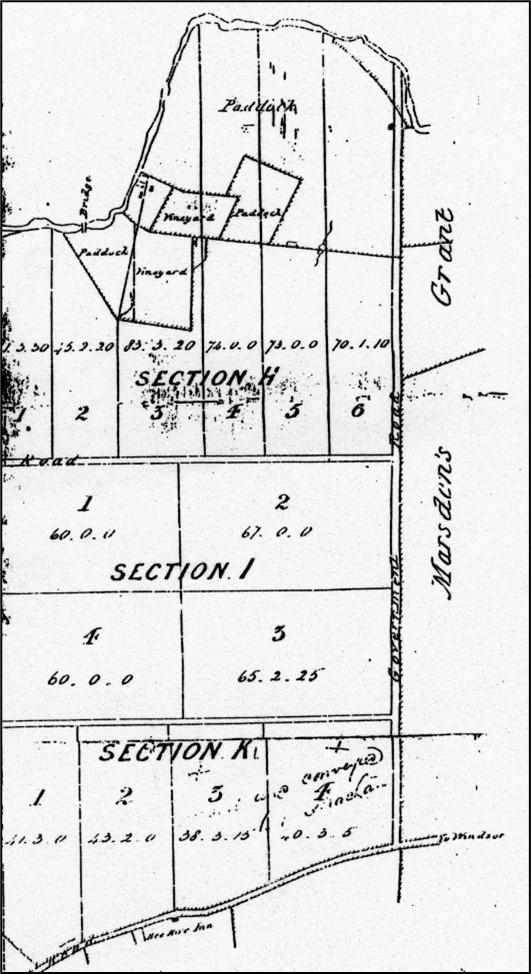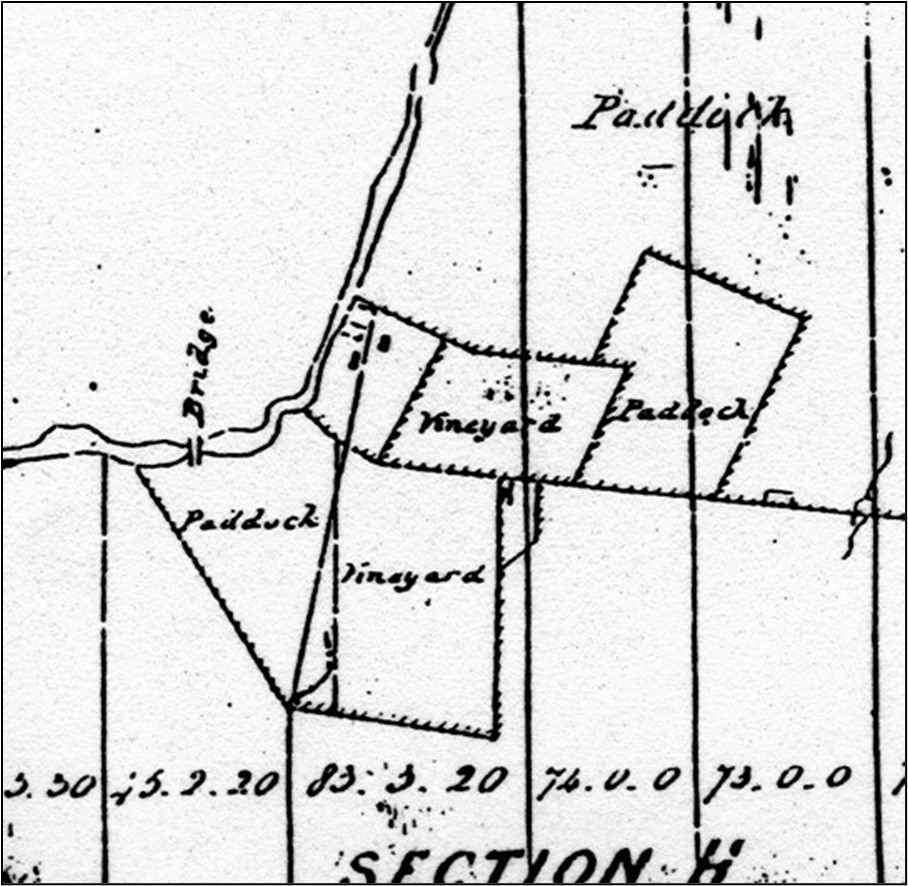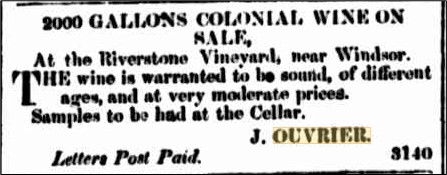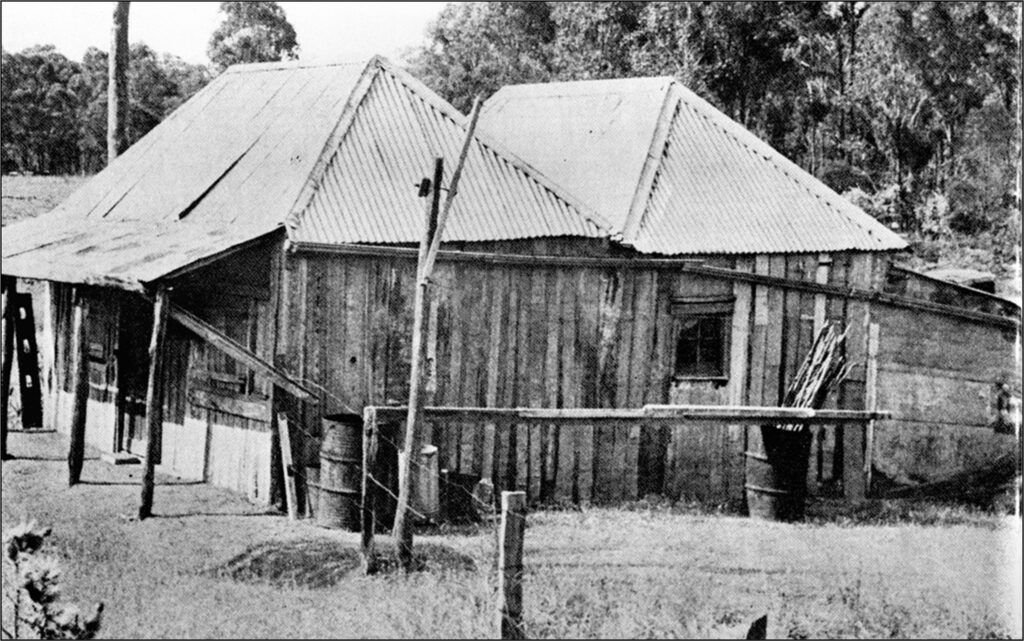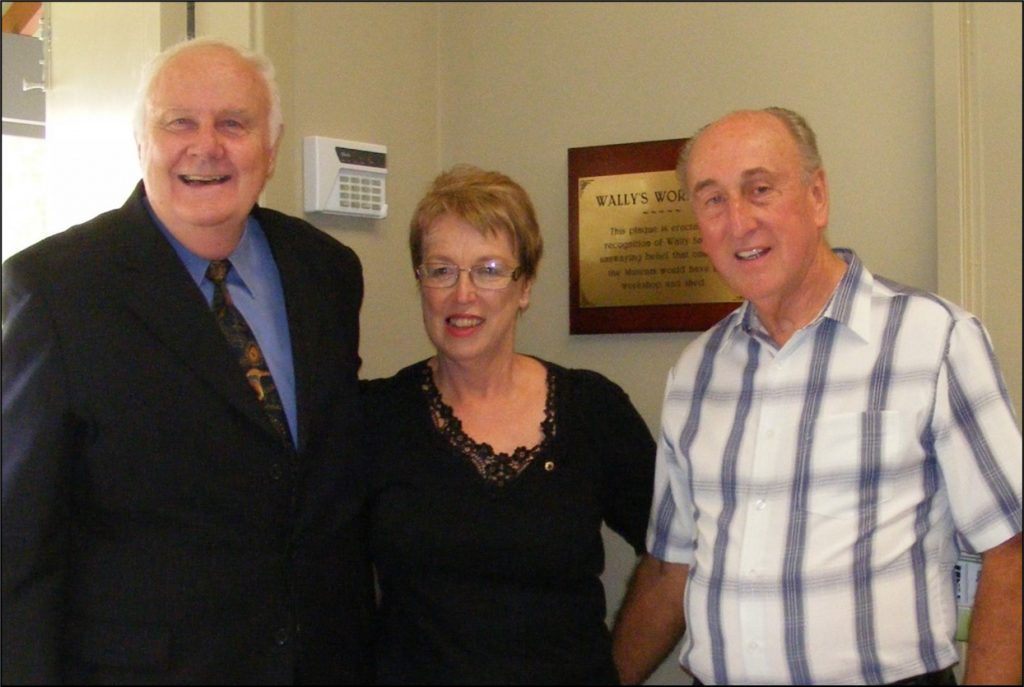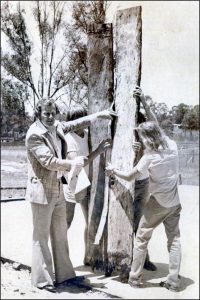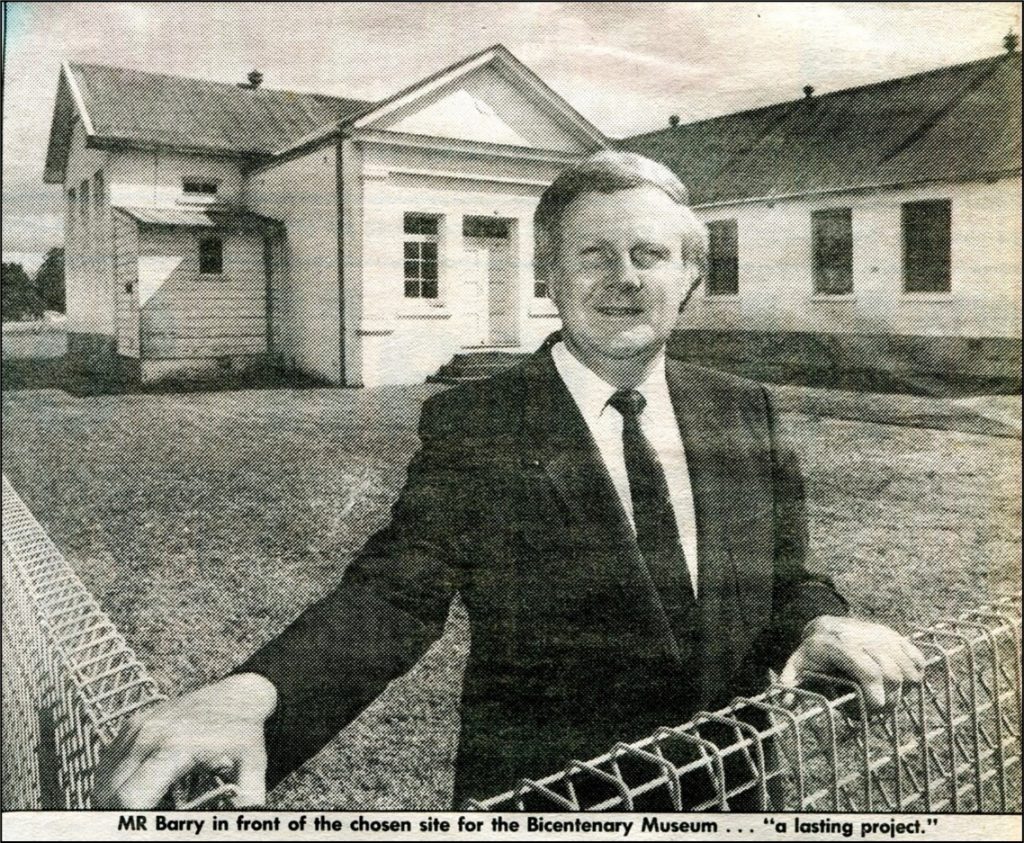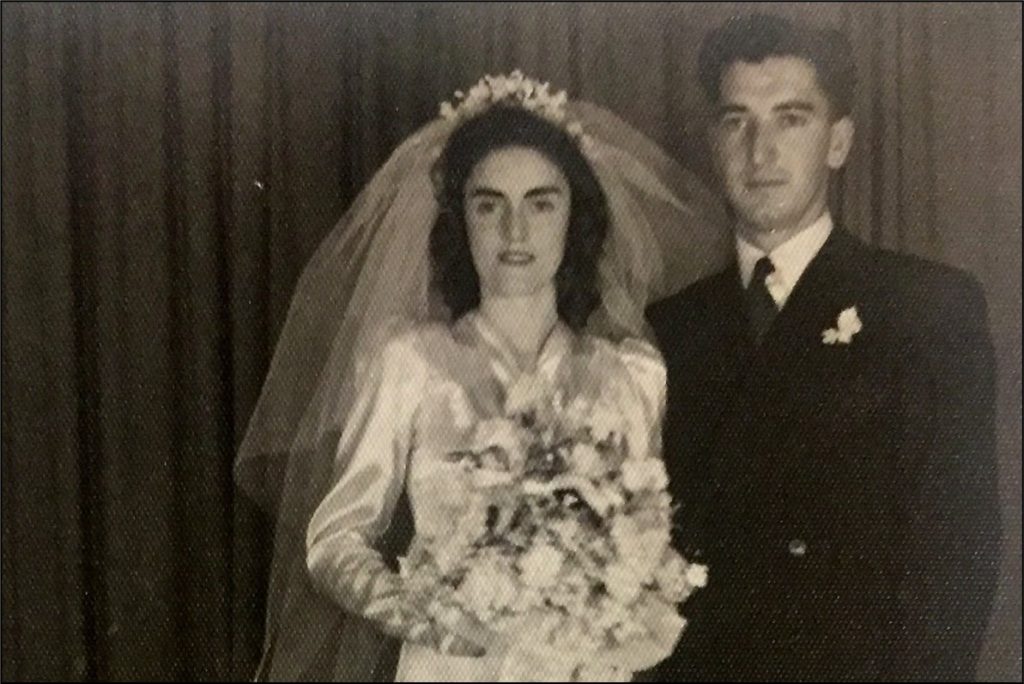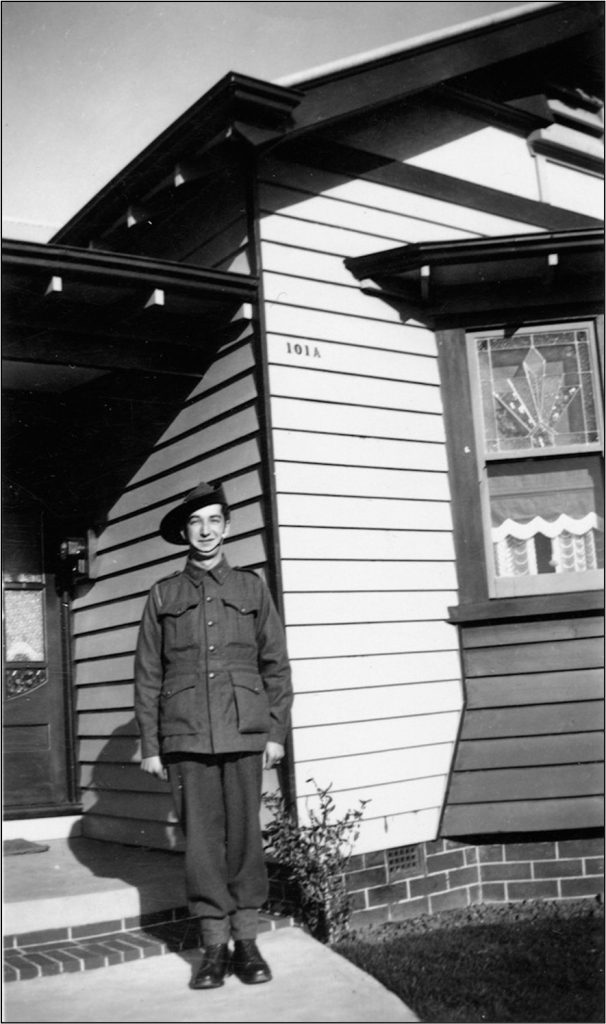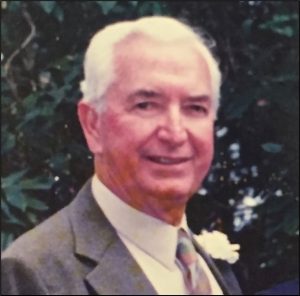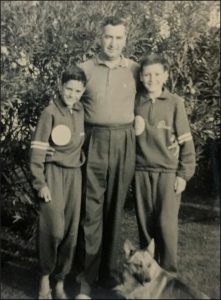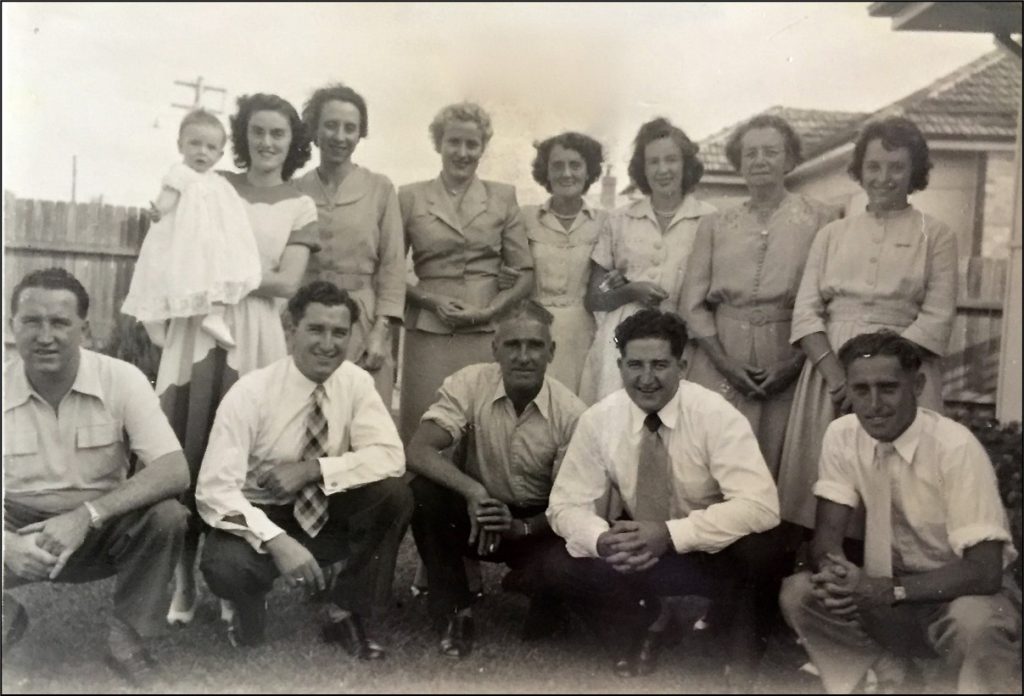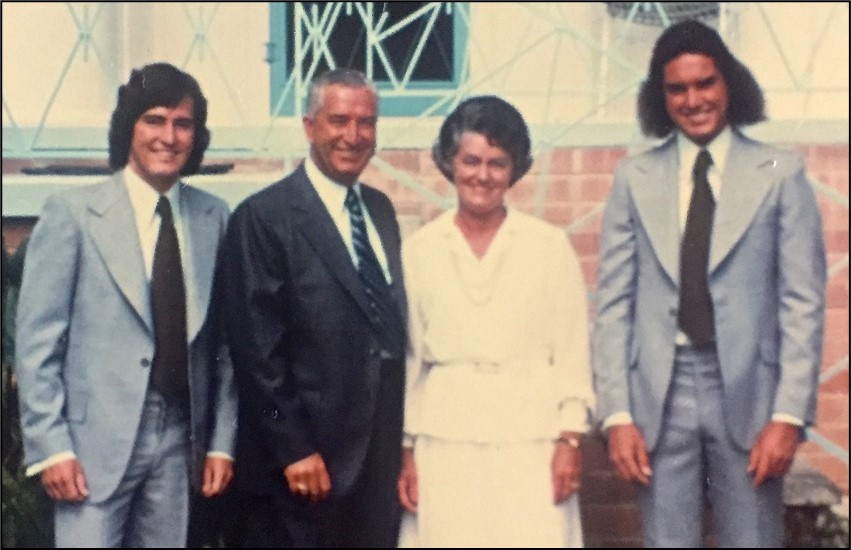by Carmen Salkeld
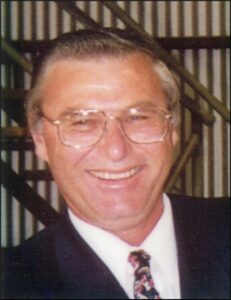
For decades machinery has scraped at the earth on Railway Terrace, Schofields. During the second half of the 20th century, it was tractors hoeing up the earth, in preparation to plant seeds for parsley, lettuce, spinach, spring onions and prickly pear. In 2017, it is the teeth of heavy excavators carving canyons into the ground where one day carparks will be built below multi-storey apartment complexes.
Today, in 2017, there is dust, destruction and noise. The cars of busy city commuters line Railway Terrace all day as trains run on the dual line every 20 minutes or so. The street is now a four-lane highway, lit with bright orange street lights that can be seen for miles around. A monolith that is a Woolworths supermarket has risen from the earth where once the Teumas used to live. A sea of roofs has invaded Peels Dairy.
This is what I see today as I stand in the driveway of 279 Railway Terrace Schofields. The land is five hundred metres from the train station and so is being developed for medium density housing. Where once a modest fibro tile dwelling was home to a family of five, four blocks of four to five storey town houses will rise out of the ground. Railway Terrace, the main thoroughfare between Quakers Hill and Riverstone, has become an extremely busy road.
It wasn’t always like this. When I first stood in the driveway of the property in 1976 I could see for miles around. The property was farmed to lettuce, next door was a horse paddock and as far as the eye could see was open land with homes dotted here and there. There was a beautiful vista across Peels Dairy to the mountains shrouded in their blue haze. It was quiet, very quiet. The road had only recently been sealed and was two lanes. Cars passed infrequently – although quite quickly as there was an unlimited speed limit! The railway was only a single line and came through every half hour or so. Only one street light shone on the bend so that drivers wouldn’t keep driving into Mr Cody’s paddock (even though some still did).
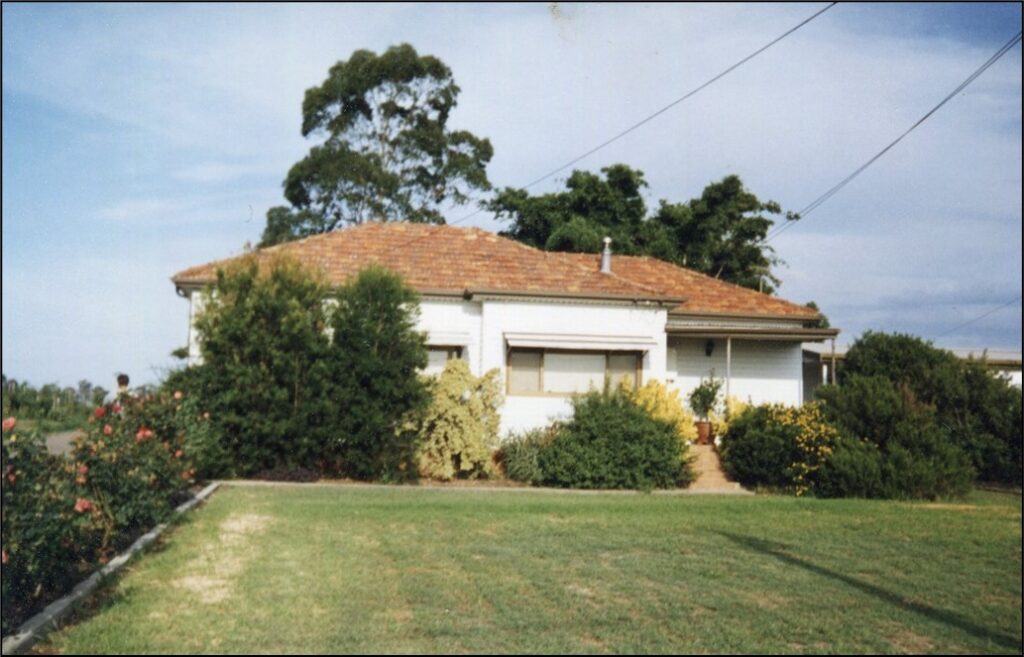
Opposite the property was the Schofields Aerodrome. Every Friday afternoon plane enthusiasts would come to fly their small planes and meet at the clubhouse. It also operated a flying school for those interested in becoming pilots. I used to enjoy watching the planes over the weekend until 3.00 pm Sunday when the planes would stop.
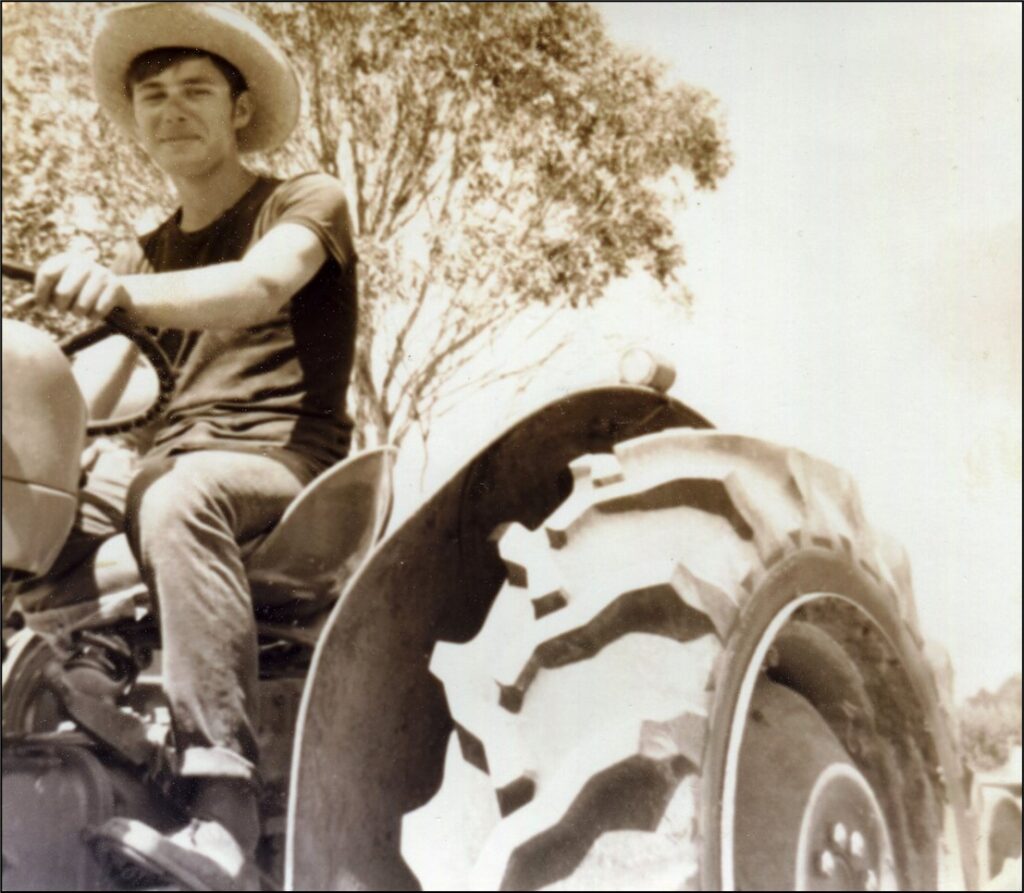
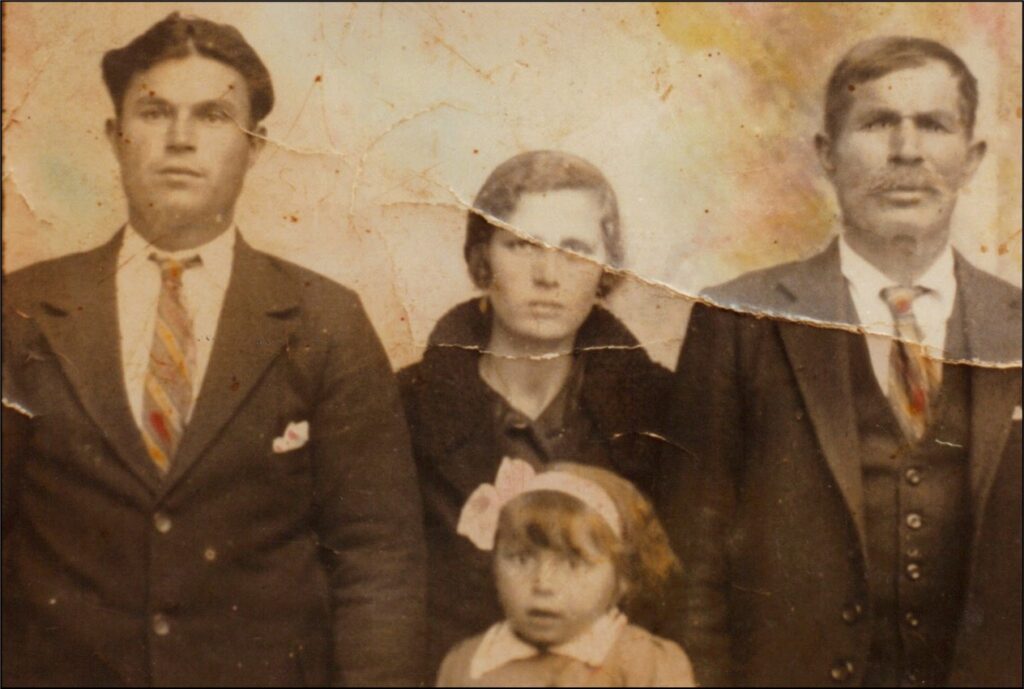
I loved the routine of the area. The school bus that picked up the neighbour’s children at 8.00 am, the Bush’s truck that picked up the scraps from the butcher at the end of the day, the Australia Post truck that went past the house at 5.15 pm each day. When we were working in the farm these would be our clock.
Schofields was a real country town. Everyone knew each other and was ready to lend a helping hand or piece of farm machinery. You met your friends at Rothwell’s Hardware, Schoie’s shops or church on the weekend.
On the 20th November 1968 George John Apap purchased the odd shaped piece of land which became known as Lot 6 Burdekin Road for seven thousand pounds. The land was originally part of Portion 44 granted to James Chisolm on the 10th June 1815. Prior to George purchasing the property it was part of a parcel of approximately twenty five acres of land that was used to farm gladiolas. In fact for many years after it became a market garden, gladiolas would still pop up around the boundaries of the property. The original parcel was subdivided and George purchased the piece of land that went around the bend where Railway Terrace turns into Burdekin Rd. Essentially the property sits on the boundary of Schofields and Quakers Hill.
George was born on the 7th September 1951 at Model Farms to Maltese immigrant parents. He was the seventh of ten children and the first in his family to be born in Australia. The family were from Gozo in Malta where traditionally people farm the land. When George was ten years old the family purchased five acres of land at Lot 8 Walker Street Quakers Hill and had a market garden. George went to school at Quakers Hill East Public School when it was located at Lalor Road Quakers Hill. From there he continued his education at Patrician Bros College in Blacktown. George was clever, resourceful and creative but school did not suit him. He left school after completing Fourth Form (Year 10) and joined his father in the farm where they grew lettuce, tomatoes, beetroot, potatoes and other vegetables.
In 1968 when George was 17 he and his father Joe decided they needed to expand the farm. They needed fresh land so they could rest part of the farm on Walker St. They sowed lettuce at the Railway Terrace farm in long straight rows across most of the property and built a small shed to house the machinery and shelter from the weather at lunch time. There were two driveways – one at the Burdekin Road end and the current driveway on Railway Terrace.
George and his father worked the property together for about five or six years. They farmed during the day and George would take the vegetables from both farms to the Haymarket now known as Paddy’s Markets, Haymarket, in the early hours of the morning three times a week to sell. This arrangement worked nicely as father and son got along well and had similar ideas as to how the farm should be run. George used to say how much he loved the farm and being outdoors, working with his father. He would come to the farm early in the morning and work before the heat of the day and head home around lunch time to eat and rest. In the afternoon he would work on machinery or packing boxes and when it was starting to cool off he would go back to Schofields and work weeding or chipping or picking the lettuce. When he saw the Bush’s truck go past he would know it was around 6.00 pm and time to start loading the truck for market and heading back home, which would still take another couple of hours.
George had many, many friends and family in the area and some would stop by for a chat while he was working. He relished these occasions as he loved nothing better than a cup of coffee and a chance to catch up. As a special treat, when English migrants May and John Cody moved in across Burdekin Road, May would sometimes take George freshly baked cakes for morning tea as he worked in the farm.
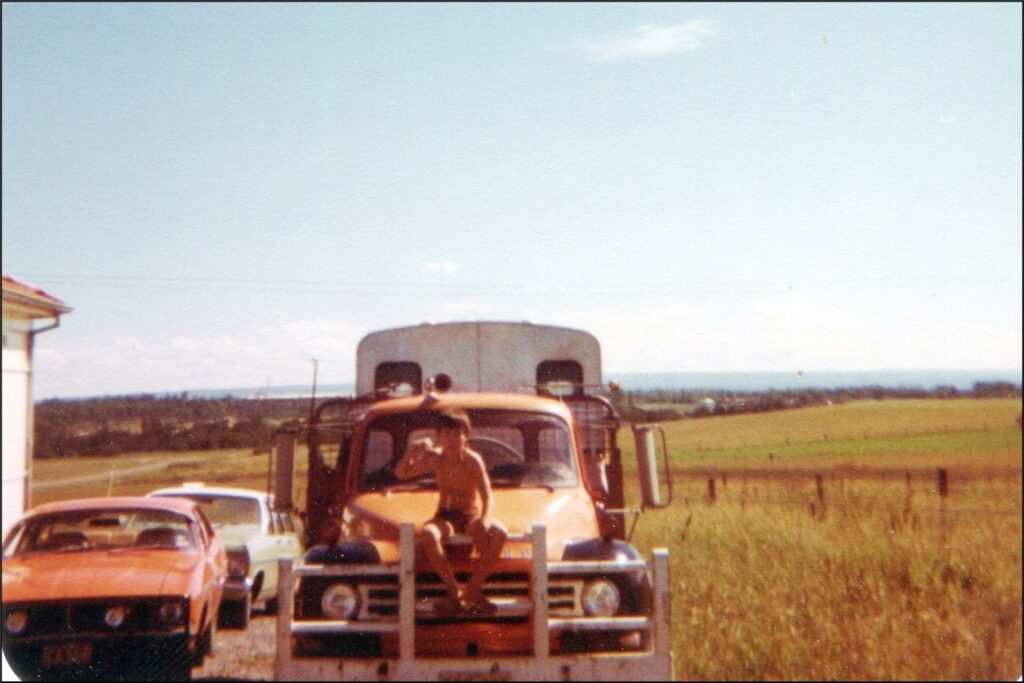
In 1973 George decided to join his brother-in-law Charlie Azzopardi driving a truck for the Department of Main Roads (DMR). His father was now starting to move towards retiring and only wanted to farm the Walker St farm. George started on the DMR with the family Chev truck which had been used for taking the crops to market.
A year later, George bought an orange Bedford which had a canopy for collecting workers from the depot in the morning and taking them to the job site and back again in the afternoon. During the workday, George and the Bedford would cart hot mix and other materials needed for road building.
When he came home from work at the DMR at 4.30pm, George carried on working the farm. By now he was picking parsley to take to the market at about 9pm twice a week. By 1975 a new market had opened at Flemington saving western Sydney farmers time delivering their produce each week.
That year, George and I met at Blacktown RSL Club. In 1976 we moved a three-bedroom fibro house from Toongabbie to 279 Railway Terrace, Schofields in anticipation of our marriage in March 1977. George always said he positioned the house on the land that wasn’t much good for growing lettuce anymore! The house needed lots of work – painting, walls moved, a new bathroom and kitchen. We furnished it with items donated by family and made do until we could afford better. Of course we thought it was wonderful. Over the years we added a laundry and family room and had it covered with aluminium cladding and aluminium windows. We raised three children in that home and had many family celebrations there. A couple of the grandchildren are old enough to remember the house and often say to me that they want to go to the ‘old house’.
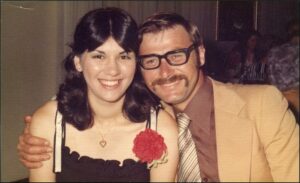
George had planted parsley before the wedding. While we were away on our honeymoon in South Australia, George phoned his mother and she told him the price of parsley had gone up significantly in his absence. Our honeymoon ended promptly and we returned to Schofields to pick parsley and take advantage of the high prices. Over the next twenty years parsley would take over our lives.
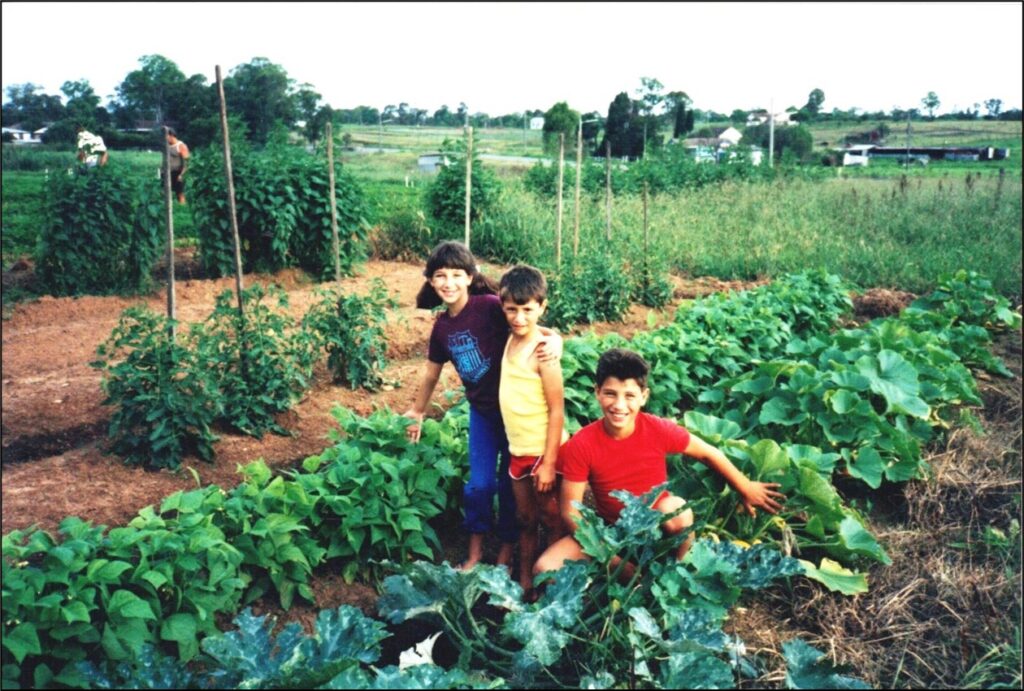
In 1979 we began to grow a summer crop to compliment the year-round crop of parsley. That first summer we grew capsicums, and in the following summers we grew lettuce, beetroot, spring onions, spinach and rhubarb.
Our first son, Simon, was born in 1979, followed quickly by our daughter, Veronica, in 1980. It was about this time we decided to be a little more self-sufficient so we bought a Friesian cow for milk, and, with the leftover milk, I used to make Maltese cheese, known as gbejniet. It is similar to ricotta cheese and we used it for cooking, drying and peppering – and the kids often snacked on the cheese fresh from the fridge. Like everything we grew on the farm, we gave any extra cheese we had to grateful neighbours, friends and family.
We bought chickens, planted a kitchen garden and raised calves for meat. We had a gaggle of geese which were a wonderful weeding system. The geese do not like the taste of parsley, but would gladly eat the weeds that grew between the stalks, saving many hours of manual labour.
Back then, we did not need to buy much at the supermarket during our weekly shop. The baker, Joe Camilleri, used to deliver bread, Dick Stacey used to arrive in our driveway once a week with his covered Ute loaded with fresh produce so we could buy whatever fruit and vegetables we couldn’t grow ourselves.
In those days, we rarely went on holidays as George would use his Christmas break to do jobs around the farm and harvest his summer crop. In 1983, we had our third and final child, Joseph. Of all the children, he was the one who loved the farm the most. George was his hero and he loyally followed his father around the farm all day.
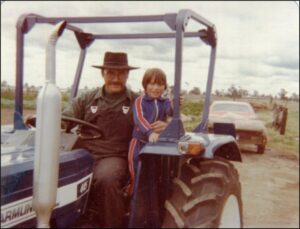
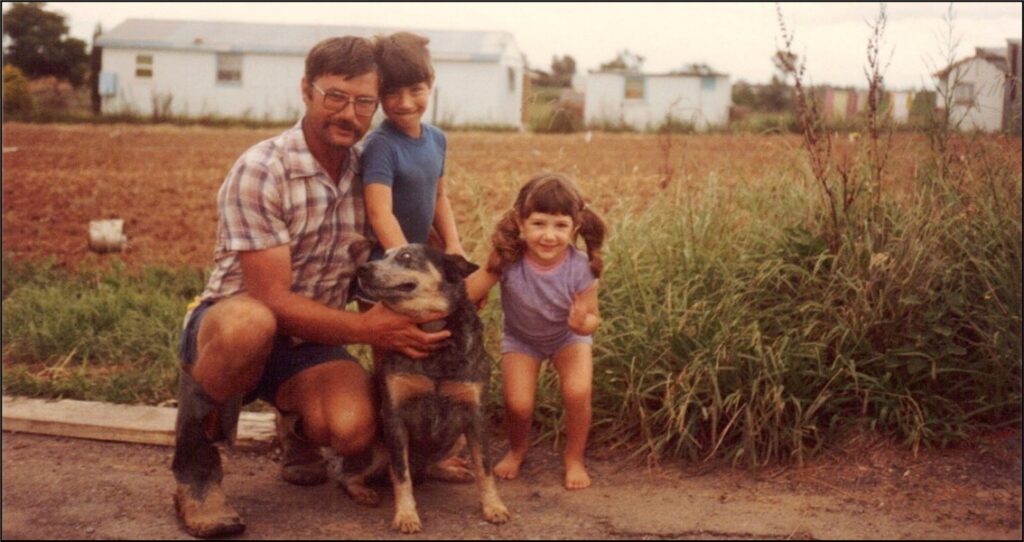
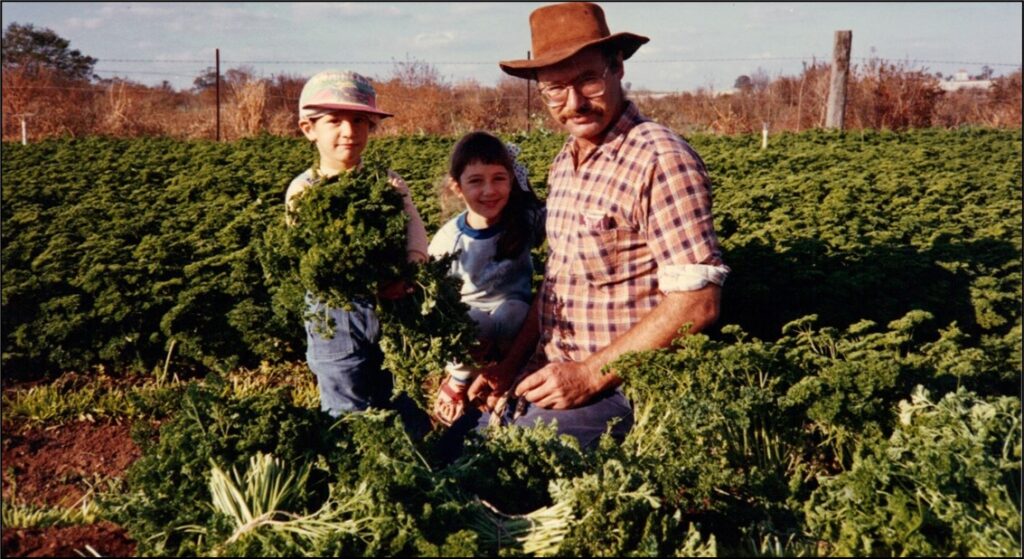
All three children learned to drive the blue Farmliner tractor as soon as their skinny legs were long enough to push the clutch all the way in. The tractor had become a bit of a joke in the neighbourhood. Everyone else was buying well-established brands of farm machinery such as Massey Fergusons. However George insisted he was a “trend setter” not a trend follower and went ahead and purchased his Romanian-made tractor because it was all we could afford. It may look a little worse for wear, but that Farmliner is still running almost 40 years later. Who’s laughing now?
Our children were involved in the life of the farm by the time they were school age, often weeding the parsley after we had dispensed with the geese. The geese had become a menace to our neighbours who were growing shallots and the geese loved to feast on what they thought was grass. The children also helped in the farm by carrying bunches of parsley to the shed for washing, packing broccoli in boxes and carrying empty boxes for lettuce.
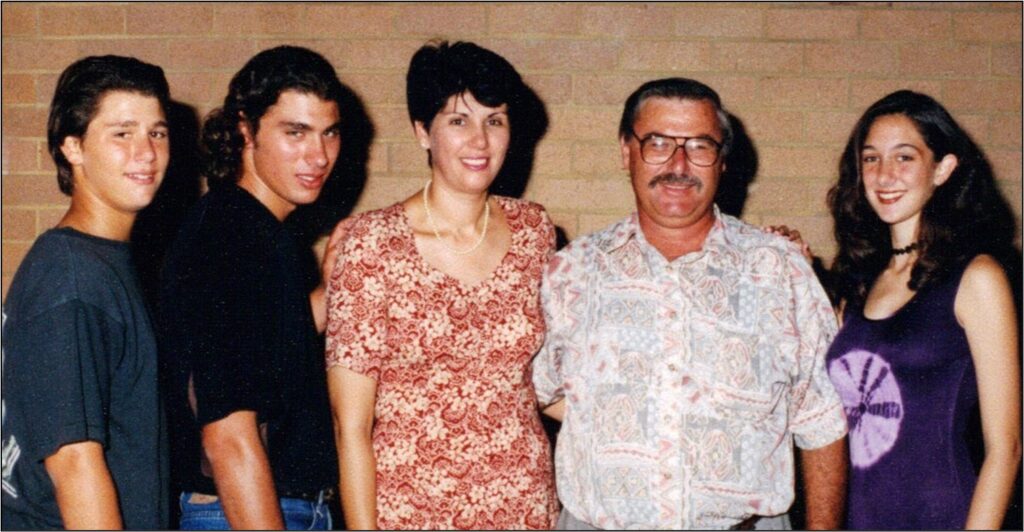
As much as they complained about having to “slave away” in the farm on a Saturday morning while many of their school friends got to watch cartoons on TV, some of their favourite childhood stories revolve around the jokes and stories their father used to tell them as they worked together in the farm. And despite her threats, our daughter never reported us to welfare for breaching child-labour laws.
As they grew older the children helped pick the parsley and eventually had their own summer crop of spinach or spring onions to keep them from being bored in the summer school holidays and to earn money for extras like musical instruments and spending money. George taught them about the realities of running a business by paying them what they earned from selling the crops at the market, minus the cost of seed, water and transport.
In the early 80s we had two steers which were very difficult to manage. George had planned to fatten them up in a spare paddock and sell them for meat. However the wilful cattle insisted on jumping the fences. George often used to put them on long chains giving them an ample space to graze. Then, one day, our neighbour came to tell me the steers were on the loose. They had run all the way up to where Woolworths stands today. On the way, I had attempted to stop them by chasing them, grabbing at the chains before they overpowered me and got free again. Thankfully Railway Terrace was not a busy road at that time and few people witnessed a young woman chasing two steers up the road!
Finally two Prospect Electricity workers helped me drag the steers in the direction of our place before they ran into our neighbour’s front paddock. We locked the steers in there for the afternoon until George got home from work. Infuriatingly, when it came time for George to bring the steers home, he just picked up the chain, said: “C’mon!” And they calmly followed him home.
George was an ideas man. He liked a good get-rich-quick scheme. Over the years his schemes included:
– Attempting to grow rhubarb, which did not grow well. We ultimately only ended up with enough rhubarb to stew and top our ice-cream with.
– Growing lettuce with hydroponics. He trialled a few pipes in the backyard but decided against it. Soon after a few other local farmers had success growing lettuce hydroponically.
– Growing Christmas trees. After planting about 100 trees, he loved them to death. We only managed to grow enough trees to cut down our own fresh trees for a few Christmases.
– His final scheme was planting prickly pear – a Maltese fruit that grows so prolifically it was declared a weed at one stage. It was legal to grow them provided you could keep them contained. Unfortunately George did not live long enough to take them to market.
But most important to George was having the most impressive parsley. It was always the crop with the least number of yellow leaves or weeds. Even when he went on holiday, George would insist on stopping in if he saw a market garden with a crop of parsley. He would chat with the farmer and compare notes.
Beyond the farm, we had gardens around our home. I had roses bordering the front lawn and native shrubs in front of the house. Years later, when George and I decide to pull up the native shrubs to plant a hedge, we failed to tell the children. One day they arrived home from school to see a bare front garden and Joseph told his father: “I hope you’ve got your bags packed, because when Mum comes home she’s going to do her block.”
In the backyard we had a mulberry tree, fig tree, lemon tree, orange tree and prickly pear tree. One day in the mid-80s George brought home a gift for me, a small eucalyptus tree. He assured me it would not grow tall. Over the years we watched it soar to at least 25 metres!
George also planted a bamboo tree which was not supposed to grow very big. He had brought a bamboo shoot back from Queensland and over the years we watched the bamboo tree grow to a massive girth, providing a home for many snakes and other creepy crawlies. It became a landmark in the local area.
In 1987, I went back to work at the local school so we scaled back the farm somewhat. We stopped growing Continental parsley, keeping only the curly parsley growing. We got rid of the cow as I no longer had time to make cheese.
During the late 1980s and early 90s, George carried on working the farm as a second job, but his work became less predictable, making it hard to work the farm when he came home from his day job. He also wanted to pursue his interest in 4-wheel-driving and camping. After almost 30 years of broken sleep to deliver his produce to market, George was getting tired.
By 1997, George had closed the farm, and we just had a kitchen garden. With all his spare time, George soon became fussy about the lawn, but with so much more to care for than a usual suburban patch.
By this stage, George’s mother Josephine had moved in too. In 1994, we moved a mobile home on to the property for her. It should not have been a difficult manoeuvre however it had rained quite a bit in the week before the flat was due to arrives and the ground was quite sodden. The semi-trailer could not move into the best position to unload, so instead a crane was brought in to fly the flat over the top of our house before it was placed on its piers. George really enjoyed his mother living even closer. He was an amazing son always so considerate and thinking about his mother’s needs. George would visit her every day, stopping in to her flat even before he came into our house. She was equally good to him – always cooking his favourite food. She passed away in May 1999 just after Mother’s Day. He was devastated by her death.
On February 17, 2001, George was shopping at Sultanas Pet Supplies on Grange Avenue at Schofields. He had chatted to the owner, who was married to George’s second cousin, before getting into his Toyota Hilux to go home. Unfortunately, he collapsed from a heart attack at the wheel, thankfully before he had started moving. At just 49, George died at the scene, in the town he loved.
As I said before, George had many friends and family and they all came to pay their respects when he passed away. The funeral was held at Mary Immaculate Church Quakers Hill. The church has a capacity of 1000 and it was full to overflowing with people out in the carpark. He was a terrific man who was always ready to help anyone he could, even before they asked. George had a wicked sense of humour that kept everyone in stitches. He was very well read and most of his truck driver friends would recognise his truck, not by the model, but by the Sydney Morning Herald spread out on the windscreen of the truck while he read it from cover to cover. His loss was hard for us to bear and seven grandchildren will only know him from the stories we tell about him.
I carried on living at 279 Railway Terrace Schofields, but never worked the farm again. By this stage residential development was going on all around and I knew it would only be a matter of time until I sold. This story has become incredibly common in the belt of market gardens which once dominated western Sydney. As residential development takes over, Sydney has lost most of its food bowl and fresh produce has to be brought in from further away.
George and I had seen and heard of multiple plans from Blacktown City Council and the NSW Government to subdivide our property for residential development since the mid-1980s. We never seriously considered trying to stay at the property after it was rezoned for residential development as we knew the council would charge us rates for every rateable residential block they could fit on our five acres. The price of the rates would make it entirely unsustainable to remain.
In 2014, Blacktown City Council bought about half of the property for drainage, which will look much like a park. In 2015, developer Boris Pyatt bought the rest of the property with the intention of building four apartment buildings. Shortly after I moved out, the house we had lived in and raised our children in, was razed along with the sheds, gardens and trees. The property had been in the family for 38 years full of memories good and sad and many, many stories.
Two years later, the only recognisable thing is the driveway.
